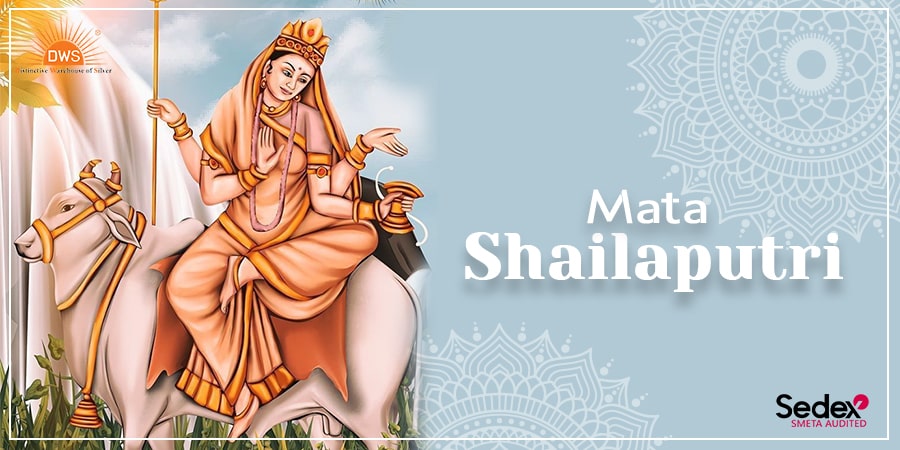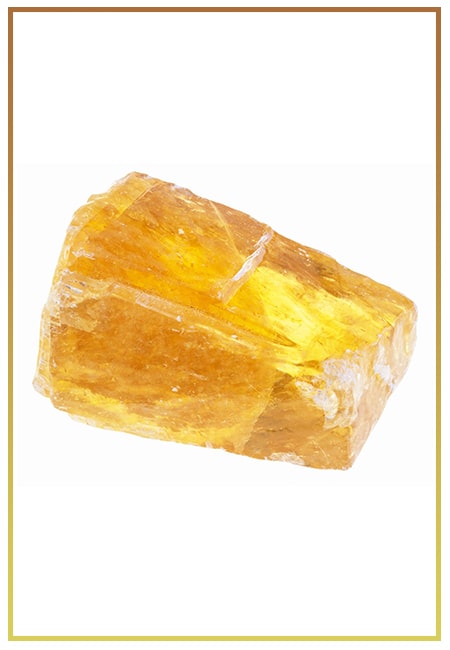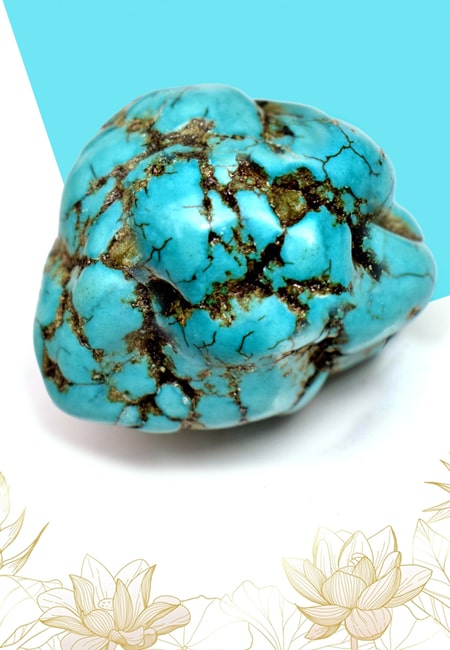- Written By Team DWS
- Festivals
- April 02, 2025
Awakening the Divine: The Significance of Shailaputri in Navaratri
Navaratri, a vibrant festival celebrated in multiple cultural contexts across India, represents a time of reflection, reverence, and joyous celebration. At its core, Navaratri is a time dedicated to the worship of the divine feminine, encapsulated in the form of the goddess Durga. Each of the nine nights of this festival is dedicated to a different incarnation of the goddess, and the first incarnation, Shailaputri, holds profound significance, guiding our spiritual awakening and connection to the divine.

Embracing the Essence of Shailaputri
Shailaputri, translating to "daughter of the mountains," is revered as the first form of Durga. According to mythological texts, she is the daughter of the mountains (Himalayas). The tales surrounding her birth often emphasize purity, strength, and resilience. As Shailaputri, she symbolizes the fundamental force of nature, embodying the essence of devotion, righteousness, and the nurturing aspect of femininity.
Her representation in art and sculpture is profound. She is often depicted riding a bull, symbolizing her unwavering strength and stability. Clad in white, carrying a trident and a lotus, Shailaputri not only embodies purity but also signifies the unmanifested energy of creation—a powerful reminder of the divine potential within all of us.
The Spiritual Awakening of the First Night
As the first night of Navaratri commences, devotees engage in various rituals to honor Shailaputri. The initiation of these rituals is an invitation for inner transformation. In Indian tradition, the significance of the number nine often resonates with the path towards completion and fulfillment. By connecting with Shailaputri, we are encouraged to embark on a journey of self-discovery and self-improvement.
Worshiping Shailaputri on this first night is symbolic of seeking divine blessings to remove obstacles and gain strength on our spiritual path. It reminds us that awakening our own divinity requires the cultivation of patience—an essential quality represented by Shailaputri. In a world often filled with chaos and distraction, her presence calls us to center ourselves, to find stillness amidst external turbulence.
The Symbolism of the Trident and Lotus
Two prominent symbols associated with Shailaputri—the trident and the lotus—further illustrate her spiritual significance. The trident, or 'trishula,' represents the three fundamental aspects of existence: creation, preservation, and destruction. This dynamic illustrates that every aspect of life holds value, and each moment is interconnected in the great cosmic dance.
Conversely, the lotus—a flower that blooms beautifully in muddy waters—stands as a powerful metaphor for spiritual awakening. It signifies the journey of rising above turmoil and negativity, much like how the soul seeks to transcend the materialistic constraints of life. When devotees meditate upon Shailaputri, they are invited to reflect on their own life journeys and how they can overcome struggles and uncertainties to bloom into their true selves.
Shailaputri: A Call for Inner Strength
In contemporary society, where individuals often find themselves overwhelmed by the pressures of modern life, Shailaputri’s attributes suddenly resonate more profoundly. Her story encourages us to tap into our inner reservoirs of strength and wisdom. On this auspicious night, devotees uphold the practices of yoga, meditation, and chanting, fostering an atmosphere of peacefulness and alignment with the divine.
Additionally, this period encourages the adoption of virtues such as discipline, humility, and devotion. Shailaputri’s unwavering commitment to her purpose inspires those who strive to live meaningfully. Her presence teaches that true power lies not just in the outward expression of strength but also in quiet resilience and steadfast determination.
Reflection in Rituals and Celebrations
The rituals performed in honor of Shailaputri during Navaratri often include offerings of fruits and flowers, and the lighting of lamps, symbolizing the enlightenment that occurs through devotion. These rituals invite devotees to cleanse themselves of distractions and focus on the divine attributes of Shailaputri. Group prayers, communal gatherings, and cultural performances help amplify the energies of love and devotion.
As the first of the nine nights dedicated to the divine, Shailaputri invites us to reflect upon the qualities we wish to cultivate in ourselves. It is a time to let go of self-doubt and embrace the faith that resides within.
Conclusion: A Journey Awaits
In celebrating Shailaputri during Navaratri, we are awakened to the potential residing within, reminding us that we are all capable of transformative growth. Her divine essence teaches us that the journey toward enlightenment is not merely a pursuit of knowledge but an awakening of the spirit. Let this Navaratri be a moment for each of us to awaken our inner Shailaputri, embracing the qualities of strength, purity, and resilience. As we honor her presence through rituals and celebrations, may we find inspiration to face our challenges with courage and clarity. Let us embark on the journey toward self-discovery and inner strength, knowing that the divine feminine energy of Shailaputri resides within us all. This Navaratri, let us reaffirm our commitment to personal growth and spiritual awakening, nurturing the seeds of devotion and reverence within. As we collectively celebrate these nine nights, may our hearts be filled with love, our minds with wisdom, and our spirits with courage, leading us towards a profound connection with the divine and the realization of our highest potential.

Shailaputri FAQs: Everything You Need to Know About the Goddess of Mountains
Sure! Here are some frequently asked questions (FAQs) about Shailaputri, a significant goddess in Hinduism.
1. Who is Shailaputri?
Shailaputri, also known as Parvati, is one of the nine forms of the goddess Durga and is worshipped particularly during the festival of Navaratri. She is considered the daughter of the mountains (Shaila means mountain, and Putri means daughter) and represents purity, strength, and devotion.
2. What is the significance of Shailaputri in Hindu mythology?
In Hindu mythology, Shailaputri symbolizes the ideal female form and embodies the energy of love and devotion. She is believed to be the first among the Navadurga forms, representing the divine feminine energy that empowers all beings.
3. How is Shailaputri depicted?
Shailaputri is commonly depicted as a beautiful woman riding a bull (Nandi) and holding a trident (trishula) and a lotus in her hands. She often wears a white or yellow dress, symbolizing purity and knowledge.
4. When is Shailaputri worshipped?
Shailaputri is primarily worshipped on the first day of Navaratri, which usually falls in the month of Ashwin (September-October). Devotees offer prayers, perform rituals, and celebrate her presence during this festival.
5. What are the benefits of worshipping Shailaputri?
Devotees believe that worshipping Shailaputri can help in achieving success in their endeavors, gaining spiritual strength, and overcoming obstacles. She is also associated with mental peace and stability.
6. What offerings can be made to Shailaputri?
Common offerings to Shailaputri include fresh flowers, fruits, sweets, and sacred items like incense and diyas (lamps). Fasting on the first day of Navaratri is also a common practice among devotees.
7. Is there a specific mantra associated with Shailaputri?
Yes, one of the mantras dedicated to Shailaputri is:
“ॐ देवी शैलपुत्र्यै नमः”
(Om Devi Shailaputrayai Namah)
Chanting this mantra is believed to invoke her blessings and remove obstacles.
8. What stories or legends are associated with Shailaputri?
Many legends tell of Shailaputri's birth as the daughter of King Himavan and Queen Mena, deities representing the Himalayas. Her devotion towards Lord Shiva and her various incarnations and roles in different myths illustrate her significance within Hindu beliefs.
9. How does Shailaputri relate to other forms of Durga?
Shailaputri is the first form among the Navadurga and is often celebrated for her unwavering strength, purity, and devotion. Each form of Durga represents different aspects of feminine energy, with Shailaputri being the embodiment of willpower and determination.
10. Can anyone worship Shailaputri, and how?
Yes, anyone can worship Shailaputri, regardless of their background or beliefs. Worship can be performed in homes or temples by offering flowers, reciting her mantras, and participating in prayer rituals during Navaratri.
Feel free to ask if you have more specific questions or need additional information about Shailaputri!
Popular on Blogs

Black Tourmaline: Meaning, Healing Properties, Fascinating Facts, Powerful Attributes, Versatile Uses, and Beyond
September 05, 2023 / BY Team DWS
Black Tourmaline, also known as Schorl, is a highly revered crystal with incredible metaphysical properties. It derives its name from the Dutch word "turamali," meaning "stone with ..

Carnelian Stone: Meaning, Healing Properties, Power, Facts, Color, Uses and More
December 26, 2023 / BY Team DWS
Carnelian is a vibrant and captivating gemstone that holds a plethora of meanings, healing properties, and powers. Its warm and fiery energy makes it a popular choice among crystal ..

Citrine: Exploring its Meaning, Healing Properties, Fascinating Facts, Powers, Versatile Uses, and Much More
November 18, 2023 / BY Team DWS
Citrine, with its warm golden hues, has captured the attention and imagination of people for centuries. This beautiful gemstone, commonly associated with wealth and prosperity, hol ..

Black Onyx: Unveiling the Meaning, Healing Properties, Fascinating Facts, Powerful Attributes, Versatile Uses, and Beyond
July 25, 2023 / BY Team DWS
Black Onyx, a striking gemstone admired for its deep black hue and elegant appearance, has captivated people for centuries. In this comprehensive guide, we will delve into the mean ..

Unveiling the Mysteries of Turquoise Stone: Exploring its Meaning, Healing Properties, Power, Facts, Color, Uses, and More
December 05, 2023 / BY Team DWS
Turquoise, with its captivating blue-green hue, has been adorning jewelry and artifacts for centuries. This striking stone has a rich history, rich symbolism, and a plethora of int ..

The History Behind The Popularity of Red Agate
December 23, 2022 / BY Team DWS
An Agate is a type of magma rock that takes many years till it is washed out naturally into the water. And that is the reason this stone has elements of water. This beautiful stone ..

Plan a Perfect Valentine's Week with Our Valentine Week List 2025
January 22, 2024 / BY Team DWS
Valentine's Day is undoubtedly the most romantic day of the year, but we believe that one day is just not enough to express your love and make your partner feel special. That's why ..

Bloodstone: Unveiling the Meaning, Healing Properties, Facts, Powers, Uses, and More
August 21, 2023 / BY Team DWS
Bloodstone, with its captivating deep green color with specks of red, is a mesmerizing gemstone that has fascinated civilizations for centuries. It possesses unique healing propert ..


